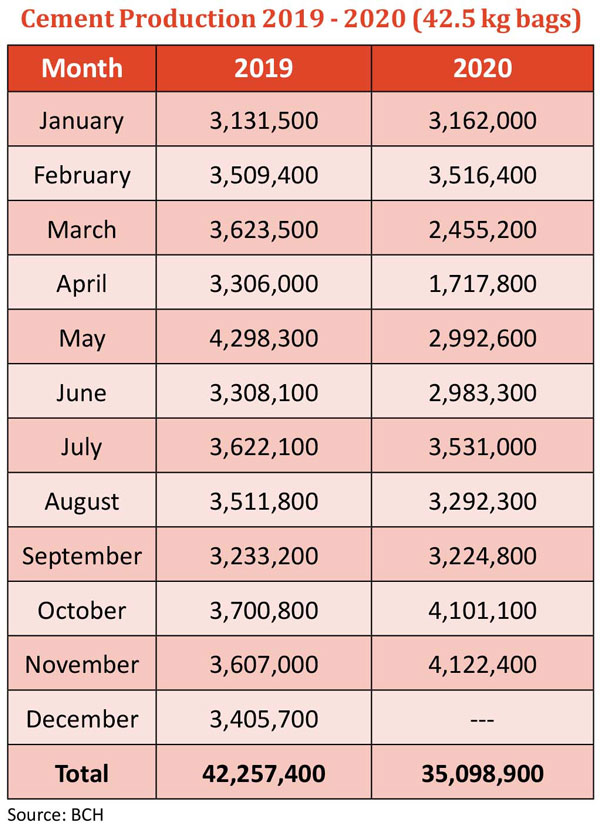By Mauro Nogarin
According to data from the Central Bank of Honduras (BCH), the Honduran economy contracted by 8.5% in 2020 due to the impact of the health crisis caused by the pandemic and the effects of tropical storms Eta and Iota.

The Monthly Index of Economic Activity (IMAE) also recorded a contraction in the accumulated variation rate of 8.5%, the same financial institution said. From January to September 2019, investment in private industry was $200 million dollars, unlike the third quarter of 2020 the investment figure reached $128 million, which represents a decrease of $74 million.
The activities that registered the greatest contraction in 2020 were hotels and restaurants (47%); private construction (24.9%); transportation and storage (16.5%); manufacturing (15.2%); commerce (12.2%); and agriculture, livestock and fishing (5.9%).
However, with the new measures promulgated by the government to reactivate the different productive sectors, a recovery of the economy of between 4% and 4.5% is expected by 2021, although the political elections of November 2021 may stop short-term investments.
Data from the Construction Chamber also confirms a 36% reduction in construction activity, which includes private and public works, compared to the same period of the previous year. This was a result of the stoppage of infrastructure projects.
The real estate market from January to June 2020, a total of 644,000 sq. meters was built in private buildings, 33.5% lower than that reported in the same period of 2019. This result reflects a 7.6% drop in the execution of residential projects, 54.4% in commercial establishments and 56.5% in office buildings. These decreases were slightly attenuated by a 139.7% increase in industrial buildings.
However, the construction sector was not in total decline, due to the opening of hardware stores in April 2020 promoting the sale of cement and the plan to reopen the construction sector that began with a pilot test in mid-May 2020.
In fact, as of July, the Honduran cement industry was already operating at 60% of its capacity, also returning to the execution of projects in public works such as the Palmerola airport and roads where companies with more than 150 workers operated; and the following month those with 50 workers, obviously respecting all measures to prevent the spread of the virus.
According to data from the BCH, the accumulated cement production in 2017 was 50,348,000 bags (42.5 kg), when the construction sector was stable but the following year it registered a drop of 8.64% resulting in 46,000,000 bags. In 2019, the negative trend continued with 42,257,000 bags produced, a decrease of 8.14% from 2018. Finally with the appearance of the pandemic in 2020, the decrease accelerated to 16.94% resulting in 35,098,000 bags (not counting the month of December 2020).
Regarding cement imports, the latest report published by the Central Data agency that refers to the period from January to June 2020, Honduras bought cement for a value of $7 million, thus registering a decrease of 46% compared to the same period in 2019.
The production statistics reported by BCH during the first two months of 2020 showed the same levels of the previous year, but during March and April, as could be expected, there was a decrease of 48% due to the closing of production plants.
Subsequently, when the government promulgated the decrees to reactivate the industrial and construction sectors, cement production began to stabilize little by little until in November it registered an increase of 14.29% compared to the same month of the previous year.
In July, the Ministry of Economy and Finance announced an increase in tariffs for cement, however, a few days later the president of the Honduran Chamber of Construction affirmed that the application of more taxes to the import of this product would affect the reactivation of this sector. A few weeks later, the measure was terminated.
Another important aspect that affected the stability of cement prices was the 40% drop in the sale of construction materials nationwide until August, together with the lower production of non-metallic minerals to produce cement and concrete. These elements in the end generated as a whole an increase in prices of 8% in the month of November 2020, thus reaching $6 for a 42.5 kg bag.
Mauro Nogarin is Cement Americas’ Latin American contributor.

January Economic Report
The Honduran economy shrank 6.3% year-on-year in January, according to the monthly economic activity index, a GDP proxy, of the central bank (BCH).
Most sectors contracted, especially agriculture, manufacturing, transportation, construction and hotels and restaurants. However, telecommunications and financial services showed growth.
“This performance is the product of the continuing health crisis, to which is added the damage caused by tropical storms Eta and Iota, which affected agricultural crops and whose negative consequences will continue during 2021,” stated the report.
Agriculture fell 16.1%, especially the cultivation of melons, watermelons, sugarcane, African palm, bananas and basic grains, following the storms. As tourism struggles across the region, a 31.5% drop in hotel and restaurant activity was expected but further sharp falls were recorded in transportation (26.4%) and private sector construction (17.0%).
Textiles and paper manufacturing shrank 10.8% and 33.9% respectively. Lower demand in the US for clothing and fewer packaging needs for the agro-industrial sector were the explanations given. However, higher demand for parts by the US auto industry saw an increase of 25.6% in machinery and equipment manufacturing.
New biosafety measures introduced by the government and public awareness of spreading COVID-19 cases were highlighted as reasons behind the fall in transportation.
